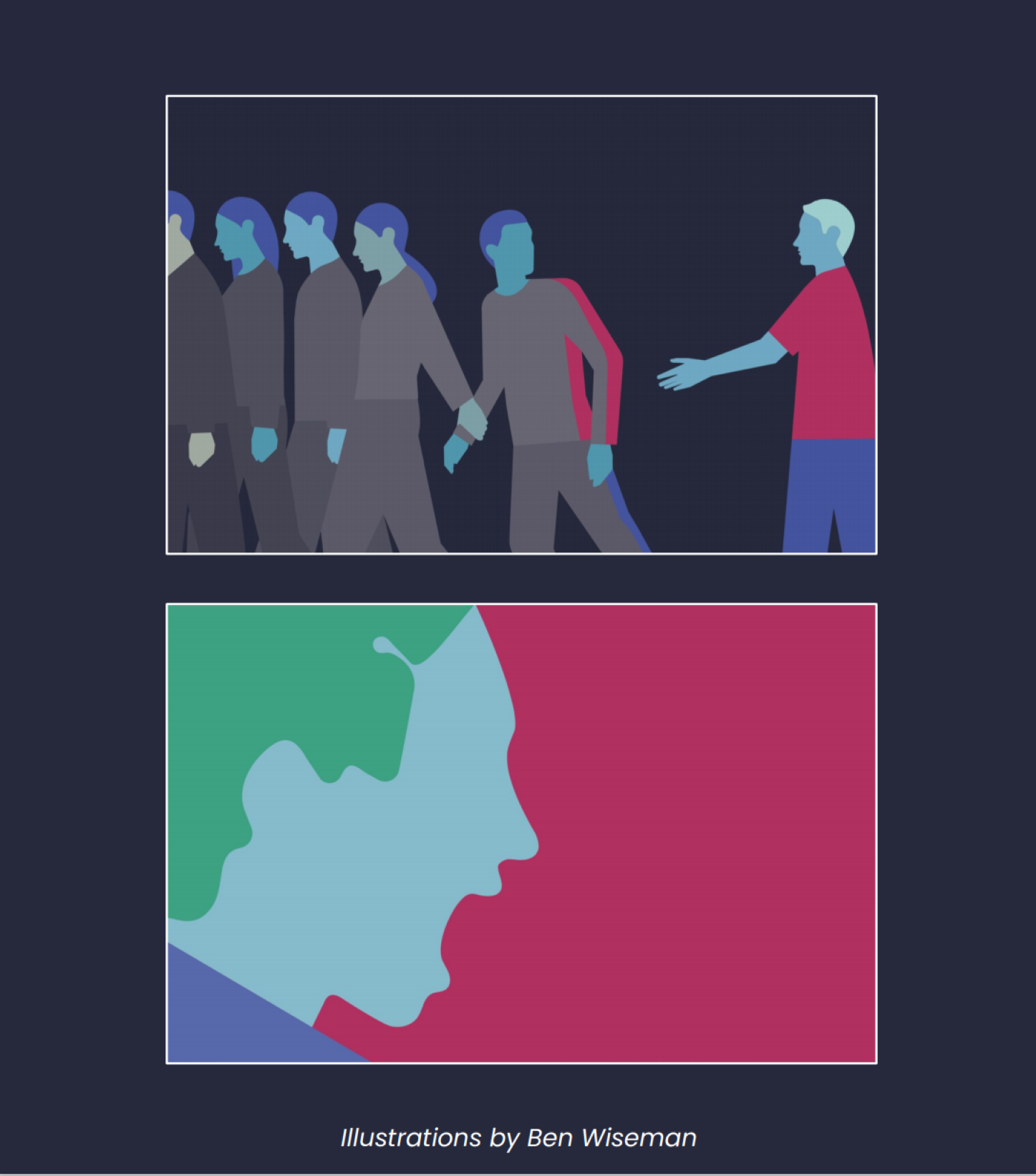This is a paper about extremism. But it is also a case study about doing more with less. About how a deeper understanding of our audience led to a reframing of the conversation around radicalisation. And a communications strategy built on PR, partnerships and social influence, with no paid media support.
Facing a severe threat, an extremely sensitive and controversial subject, we had to encourage the close friends and family of those at risk of radicalisation to reach out for help and raise awareness of how they could.
The answer was not a new advertising campaign, but a completely new approach to the problem that included a new digital platform, a new advice line, a new visual world and a new language to talk about the issue and its effects.
The first Prevent referral to police (Prevent is the Home Office programme that prevents vulnerable people from being drawn into extremism) came within hours of a launch that received local, national and even international attention.
The core objective of the launch was to help increase Prevent...
Members only
Not a member yet?
Want to read more of this article and others? Become a member today.
Already a member?
Sign in with your membership details to continue reading this article.
